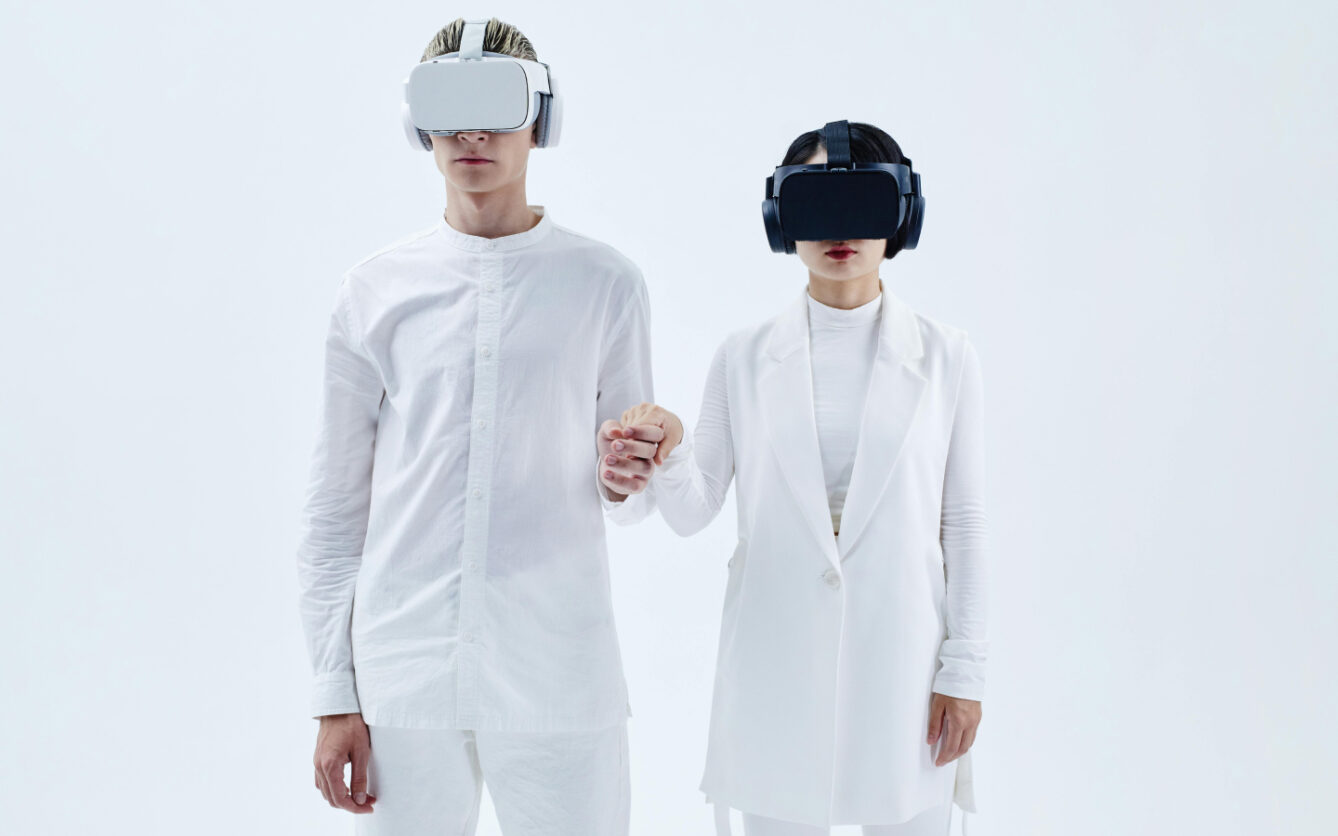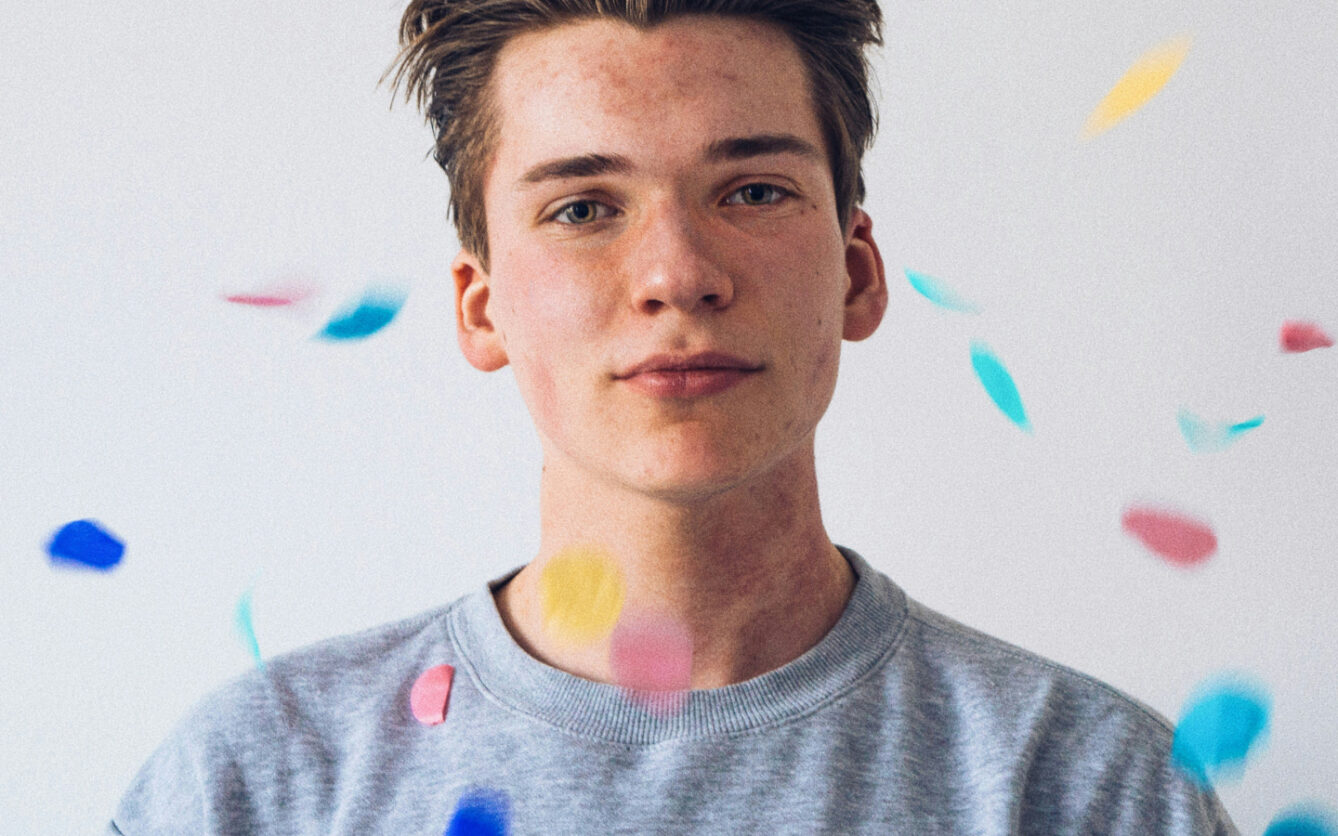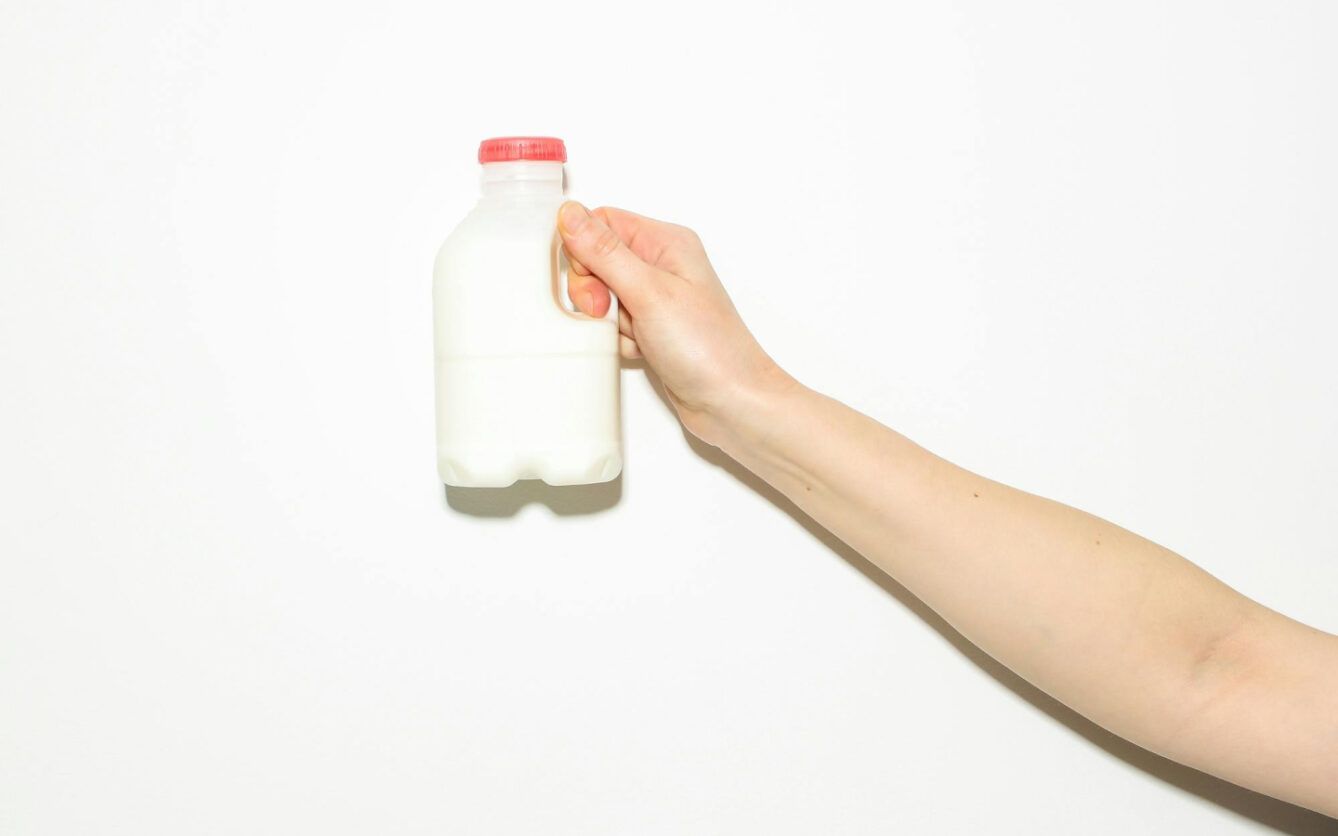Thinking /
Thinking
-
-
Gen Alpha Facts vs. Hype – What Every Marketer Should Understand
-
Google Trends Search Insights June 2024
-
Google Trends Search Insights May 2024
-
Got Milk? An Exploration of Consumption and Search Trends
-
How Generative AI is Transforming the eCommerce Shopping Experience
-
Google Trends Search Insights April 2024
-
Google Trends Search Insights March 2024







